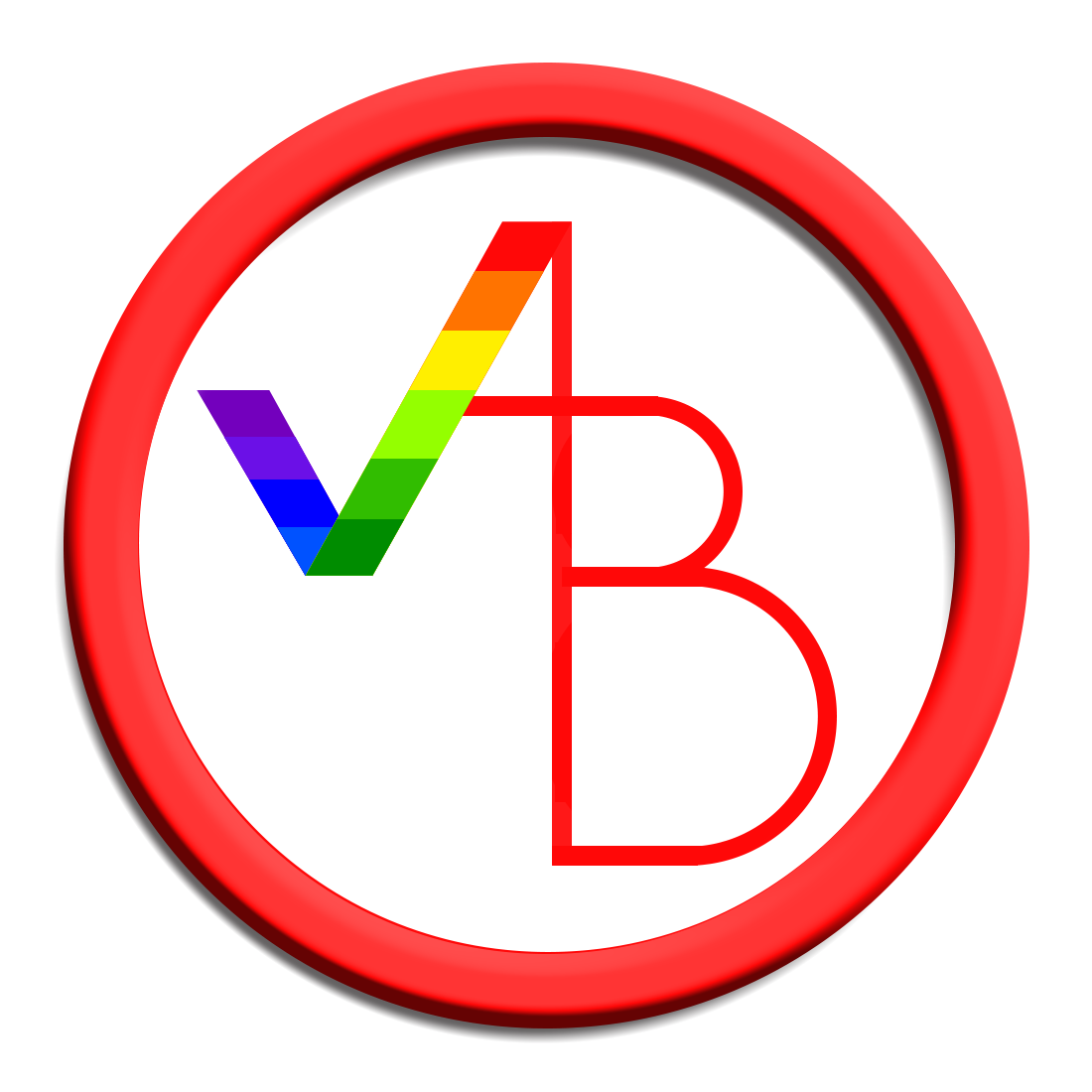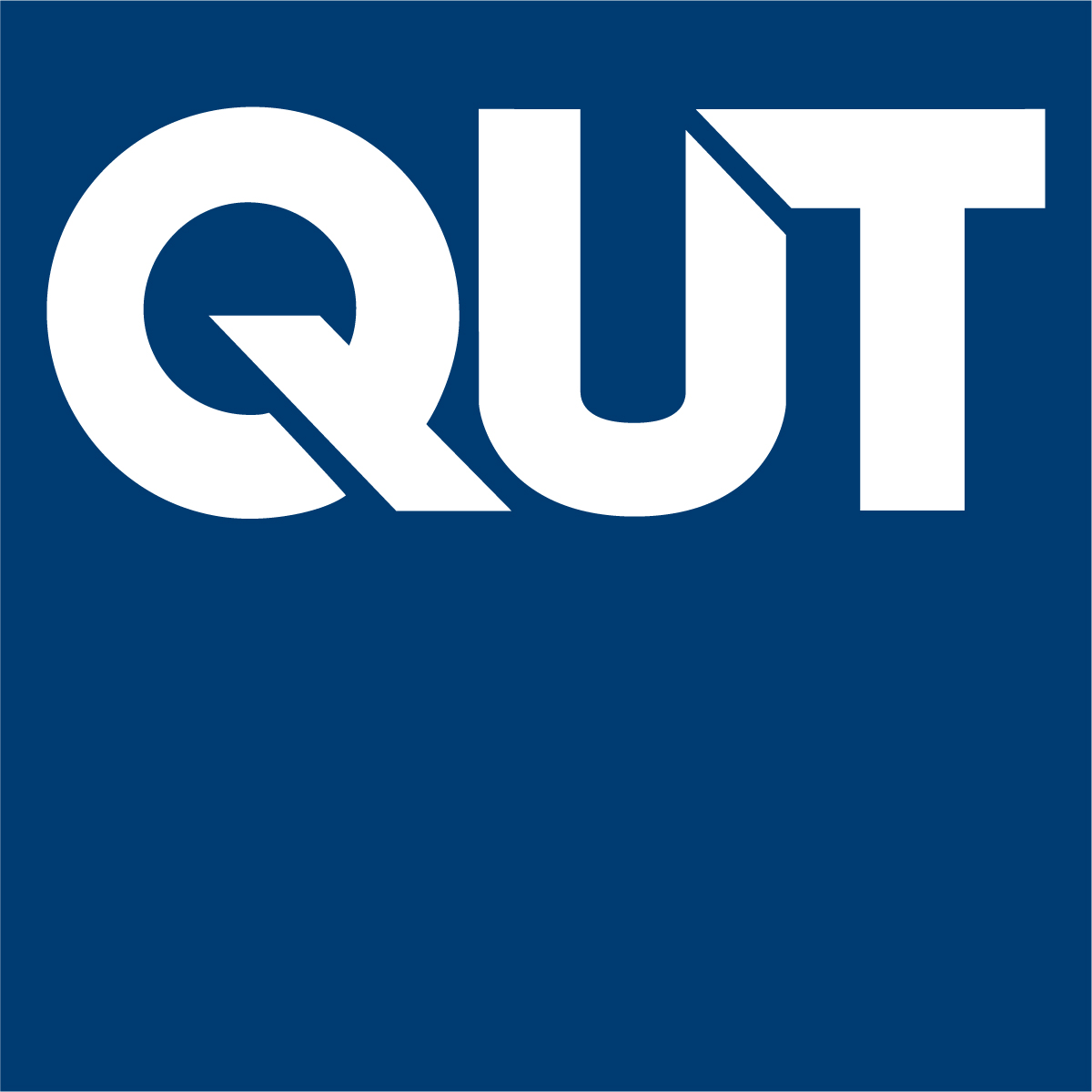The next speaker in this session at the IAMCR 2025 conference in Singapore is Timothy Koskie, looking for media pluralism in AI-generated local news. But actually, these systems are not necessarily artificial intelligence in the full sense of the term: they are simply content generators. These systems feed on media content, and will make mistakes as they do so; this is not necessarily all that different from human-driven news media, however.
But how do AI content generators fit into the media ecosystem? Can they contribute to media pluralism, and thereby increase the media ecosystem’s health? If so, this could considerably benefit the Australian media ecosystem, for instance: Australia has the most concentrated media ownership environment on the planet, and this affects the quality of news in the country; AI-generated news media could fill some of the gaps left by the existing media ecosystem, for instance.
Tim’s focus here is on Microsoft Copilot, which is now a mechanism for accessing Australian news; Copilot also regularly prompts its users to ask it for the latest news, and many such users will explore this new functionality, using the queries Copilot suggests. Tim used these recommended prompts twice daily over the course of 30 days, from several computers in Sydney-based locations, and captured the results.
What is produced is a limited list of news stories – not an infinite scroll of news updates; it tends to focus on the leading news organisations in Australia, as well as many international news sources; it is biased towards international sources for specific newsbeats; it fails to represent regional Australia; it does not name or picture the journalists whose stories it promotes; and it appears to promote news outlets with which Microsoft has a commercial relationship.
None of this is likely to improve media pluralism in Australia. None of this is particularly Isley to change, given the lack of regulation and the lack of incentive for media operators themselves to improve their performance.












